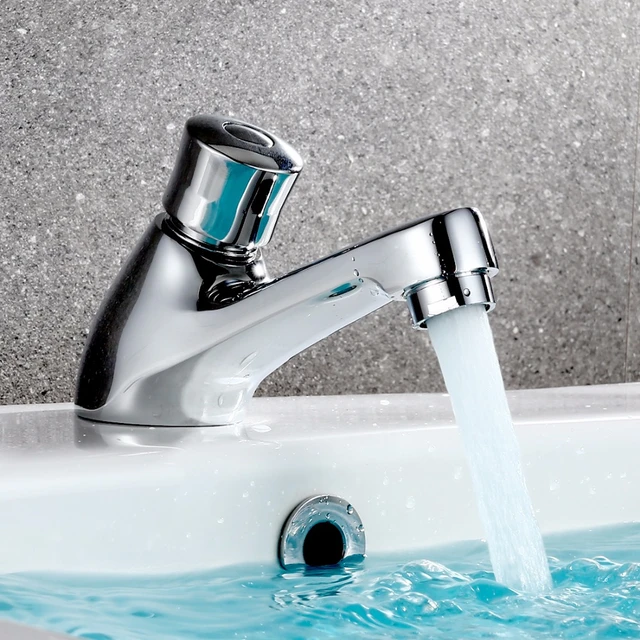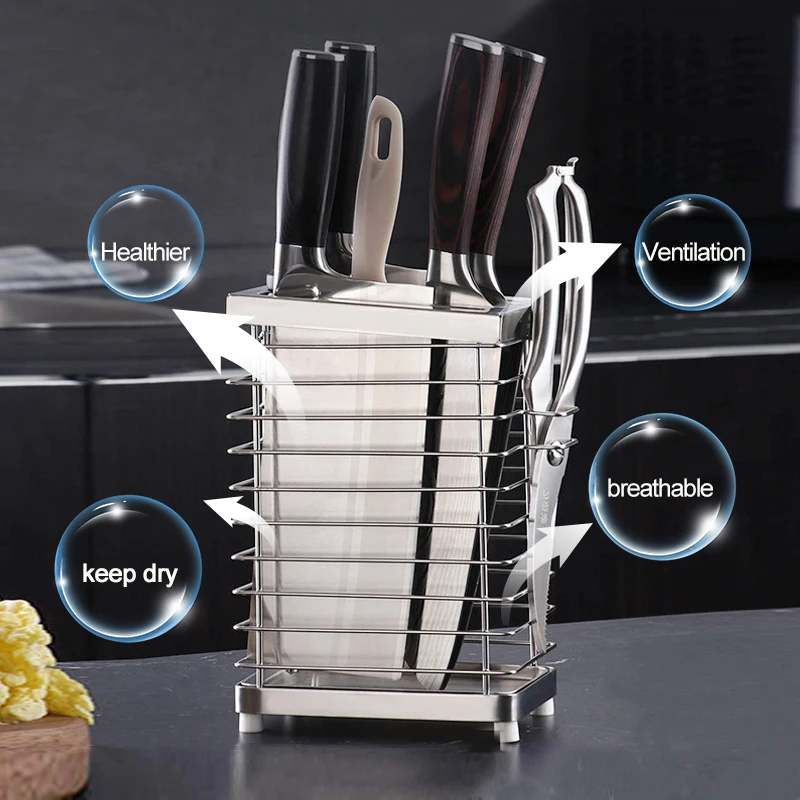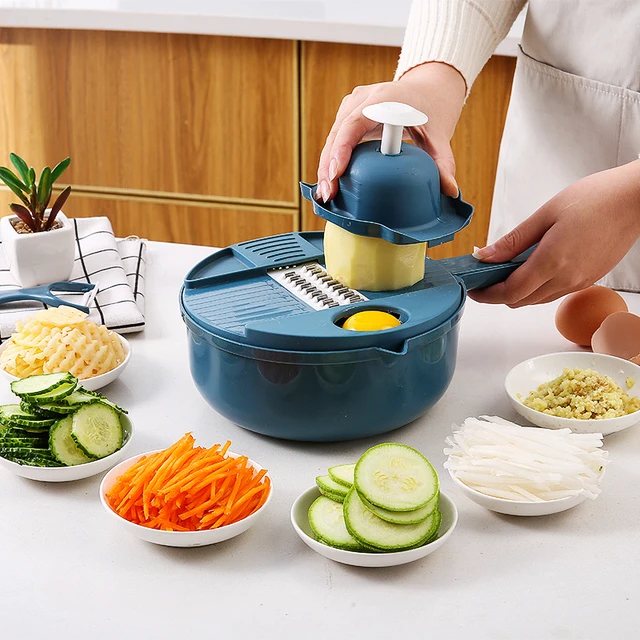 Introduction:
Introduction:
A vegetable slicer is a versatile kitchen tool designed to simplify the process of cutting, slicing, and preparing vegetables. In recent years, vegetable slicers have gained popularity due to their ability to save time, ensure precision, and encourage healthy eating habits. In this comprehensive guide, we will explore the different types of vegetable slicers, materials used, their advantages, and current trends in the market. By understanding these factors, you can make an informed decision when selecting a vegetable slicer that suits your needs and enhances your cooking experience.
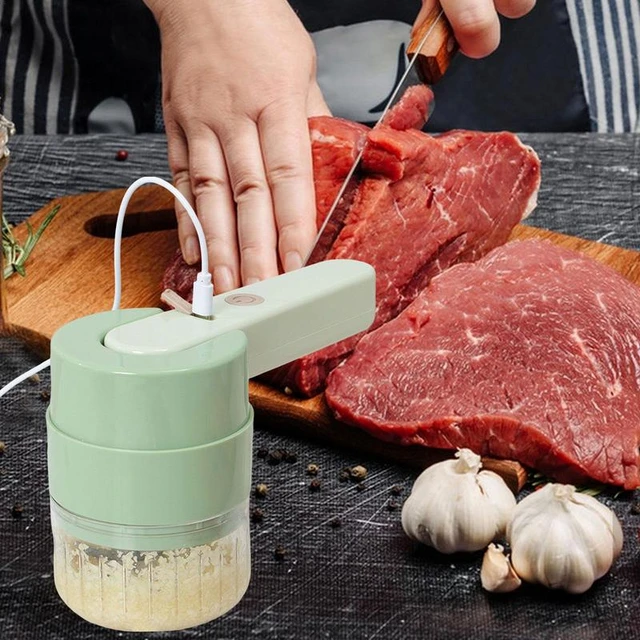 Types of Vegetable Slicers
Types of Vegetable Slicers
Mandoline Slicers:
Mandoline slicers consist of a flat platform with adjustable blades attached to a sliding mechanism.
These slicers are widely used for creating uniform slices of different thicknesses, making them suitable for various recipes.
Spiralizers:
Spiralizers are designed to transform vegetables into long, spiral-like shapes resembling noodles.
They come with interchangeable blades to produce noodles of different thicknesses or shapes, providing a fun and healthy alternative to traditional pasta.
Hand-Held Slicers:
Hand-held slicers are compact and easy to use, typically featuring adjustable settings for different slicing thicknesses.
They are great for quickly slicing small quantities of vegetables, making them suitable for everyday cooking needs.
Materials Used in Vegetable Slicers
Stainless Steel:
Stainless steel is a popular material used in the blades of vegetable slicers due to its sharpness, durability, and resistance to rust.
It ensures precise and clean cuts that result in uniform slices.
Plastic:
Plastic is commonly used for the construction of the slicer’s body and other components.
It is lightweight, easy to handle, and often incorporates safety features such as non-slip bases and handles.
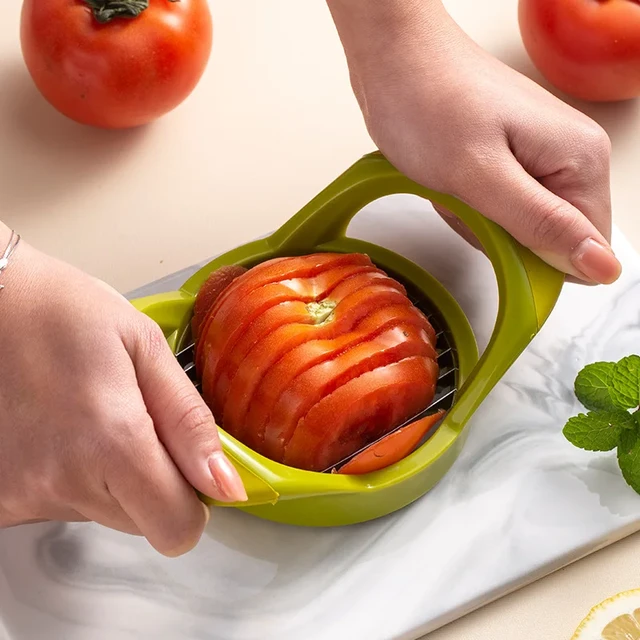 Advantages of Vegetable Slicers
Advantages of Vegetable Slicers
Time-Saving:
Vegetable slicers significantly reduce the time needed for food preparation since they enable quick and efficient slicing.
They automate the slicing process, allowing you to slice larger quantities of vegetables in a fraction of the time.
Versatility:
Vegetable slicers offer versatility by providing various slicing options, such as thin slices, thick slices, and julienne cuts.
This enables you to experiment with different textures and presentations in your dishes.
Healthy Eating Promotion:
Vegetable slicers facilitate the incorporation of more vegetables into your diet, promoting a healthier lifestyle.
They allow you to create vegetable-based alternatives to pasta and noodles, promoting the consumption of nutritious foods.
Uniformity and Presentation:
Vegetable slicers ensure uniformity in slices, resulting in even cooking and attractive food presentation.
They are particularly useful when creating salads, garnishes, or vegetable arrangements.
A few drawbacks to consider:
Vegetable slicers offer convenience and efficiency in the kitchen, but they also have a few drawbacks to consider:
Potential for Injury:
Vegetable slicers often come with sharp blades that can cause cuts or injuries if not used properly. It is important to follow safety guidelines, use a protective handguard (if provided), and exercise caution when handling and cleaning the slicer.
Limited Versatility:
While vegetable slicers are excellent for slicing and cutting certain types of vegetables, they may not be suitable for all food items. Slicers designed for specific cuts, such as spiralizers, may not be able to handle large or irregularly shaped vegetables effectively.
Storability and Space:
Some vegetable slicers may have bulky or intricate designs that can make storage challenging, especially if you have limited cabinet or drawer space in your kitchen. Before purchasing a slicer, consider the storage space available and whether it can be stored conveniently.
Cleaning and Maintenance:
Cleaning a vegetable slicer, especially those with multiple blades or complex parts, can be time-consuming and require extra attention to ensure all food debris is removed. Additionally, some slicers may have blades that can’t be disassembled, making thorough cleaning more difficult.
Cost: Depending on the type and brand, vegetable slicers can range from affordable to quite expensive. High-quality slicers with additional features or advanced cutting capabilities may come with a higher price tag. It’s important to evaluate the features and benefits of a slicer in relation to your specific needs and budget.
Understanding these potential drawbacks can help in making an informed decision about whether a vegetable slicer is the right tool for your kitchen. It’s important to carefully evaluate your slicing needs, personal safety practices, and space constraints before purchasing and using a vegetable slicer.
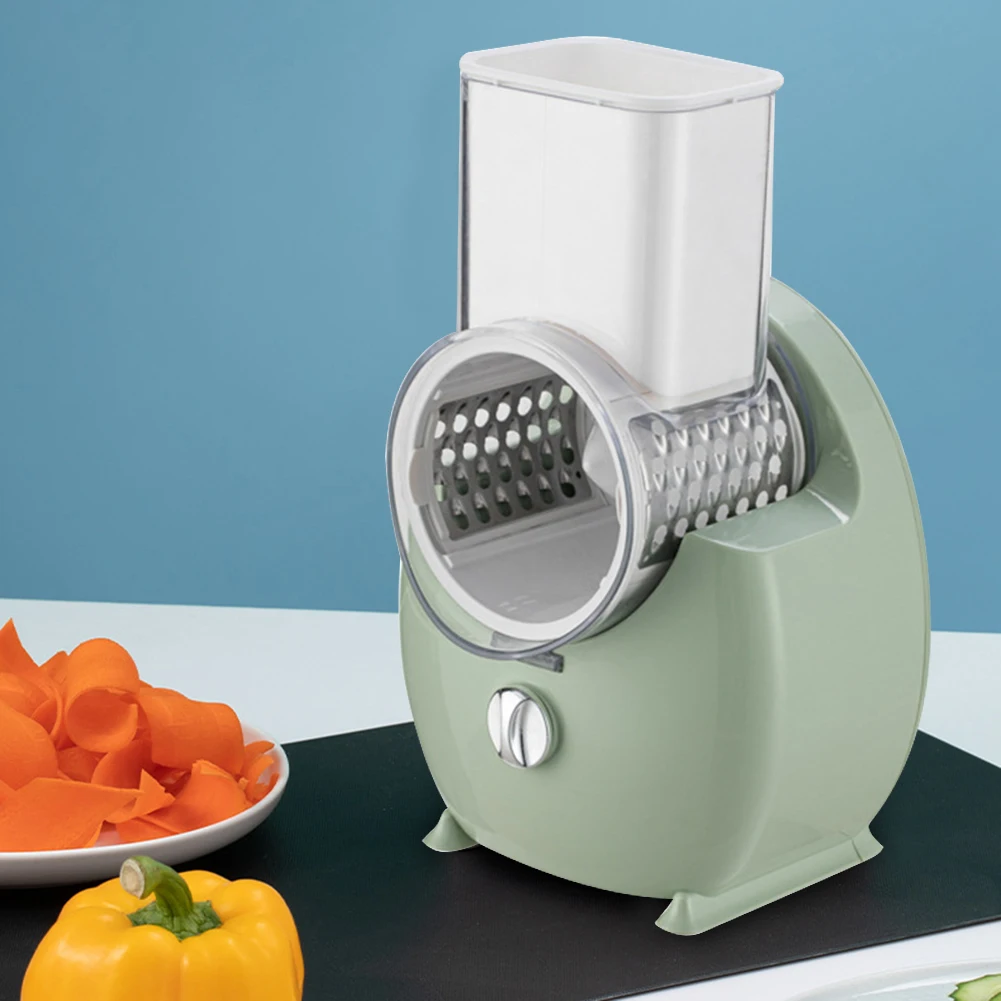 Current Trends in Vegetable Slicers
Current Trends in Vegetable Slicers
Electric Vegetable Slicers:
Electric vegetable slicers are gaining popularity for their convenience and ability to handle larger quantities of vegetables effortlessly.
They often come with options for different slicing thicknesses and functionalities for creating various cuts.
Multi-Functionality:
Vegetable slicers with multiple attachments are becoming more prevalent in the market.
These slicers offer additional functionalities such as grating, shredding, and chopping, making them convenient and versatile kitchen tools.
Easy-to-Clean Designs:
Manufacturers are focusing on designing vegetable slicers that are easy to clean.
Detachable parts, dishwasher-safe components, and user-friendly assembly contribute to hassle-free maintenance.
Common locations to place a vegetable slicer include:
Vegetable slicers are often placed in convenient and accessible areas of the kitchen where they can be easily reached during food preparation. Some common locations to place a vegetable slicer include:
Kitchen Countertop:
Many people prefer to keep their vegetable slicers on the kitchen countertop. This allows for quick and convenient access when slicing and cutting vegetables. The countertop location should be near the food preparation area for easy use.
Kitchen Island:
If you have a kitchen island with sufficient workspace, it can be a suitable spot to place a vegetable slicer. This provides a dedicated area for food preparation and keeps the slicer within reach while working in the kitchen.
Cabinet or Pantry:
Some individuals choose to store their vegetable slicer in a kitchen cabinet or pantry. This option is beneficial if you have limited countertop space or prefer to keep the slicer out of sight when not in use. Keep in mind that it should be in a location that is easily accessible and convenient for retrieval.
Wall-mounted or Hanging:
Mounting the vegetable slicer onto a wall or hanging it on a kitchen utensil rack is another option. This frees up counter space and keeps the slicer within reach. Ensure that it is securely mounted or hung to avoid accidents or damage.
The placement of a vegetable slicer ultimately depends on personal preference, kitchen layout, and available space. The goal is to have it in a location that is easily accessible, convenient for food preparation, and fits well within your kitchen workflow.
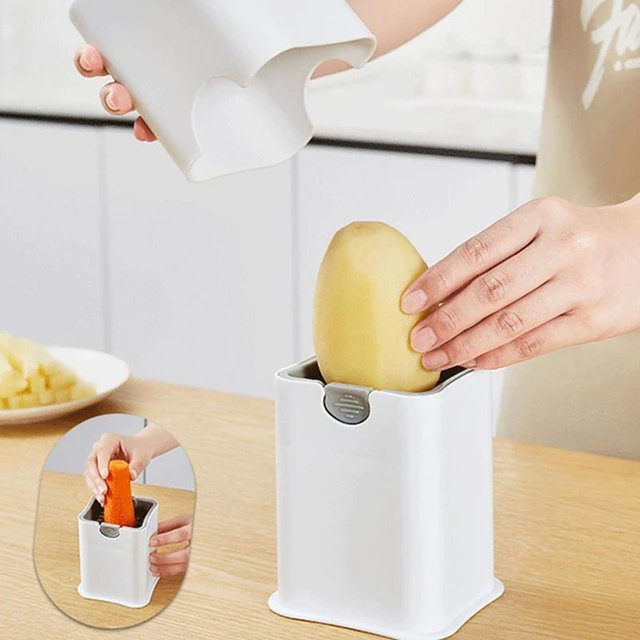 Conclusion:
Conclusion:
Vegetable slicers have become essential kitchen tools that promote quick and efficient food preparation, enhance creativity, and encourage healthy eating habits. With different types of vegetable slicers available, such as mandoline slicers, spiralizers, and hand-held slicers, you can choose the one that best suits your needs and preferences. Consider the materials used, advantages they offer, and current trends in the market when selecting a vegetable slicer. By incorporating a vegetable slicer into your kitchen, you can save time, create uniform and attractive slices, and enjoy the benefits of a healthier diet.

